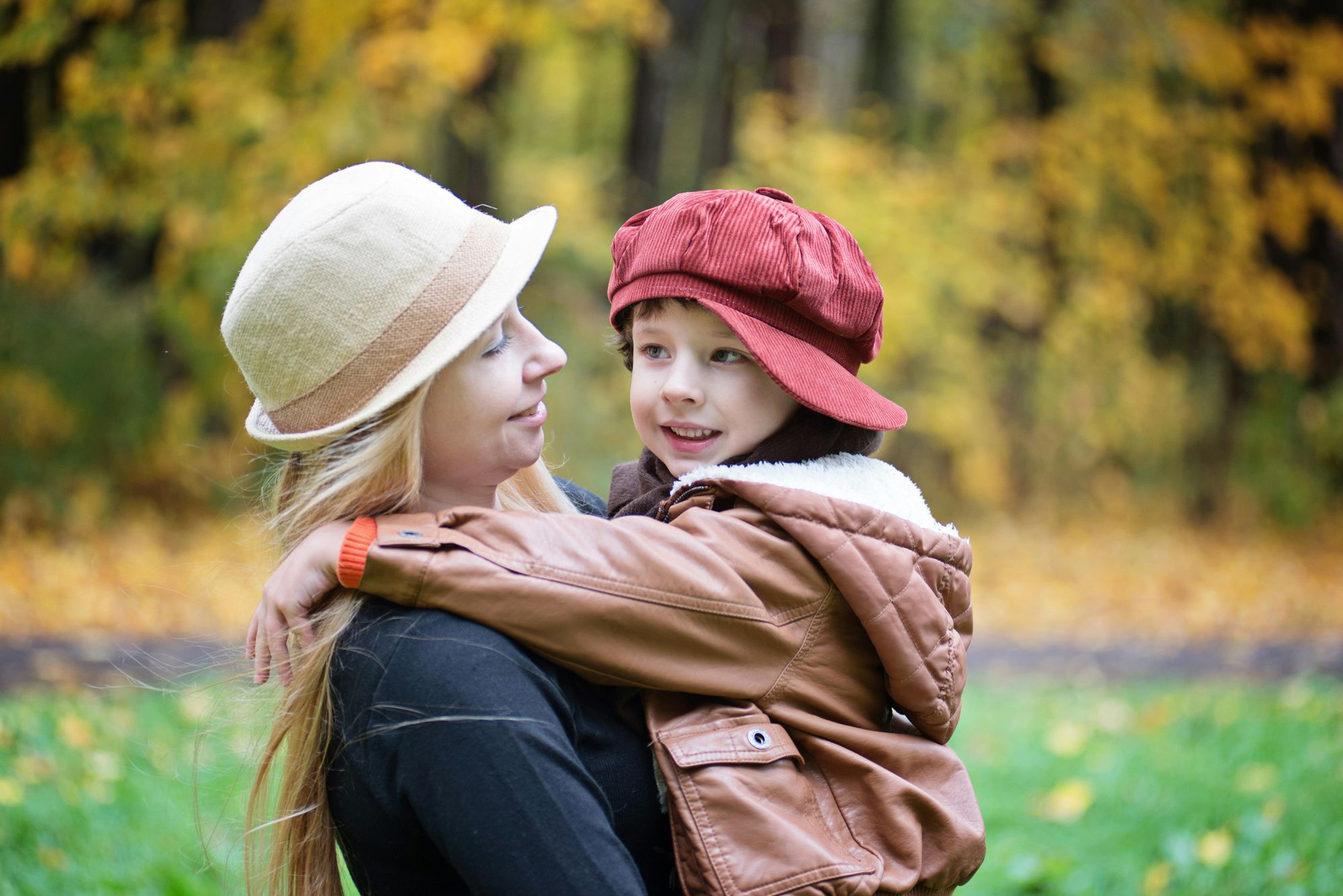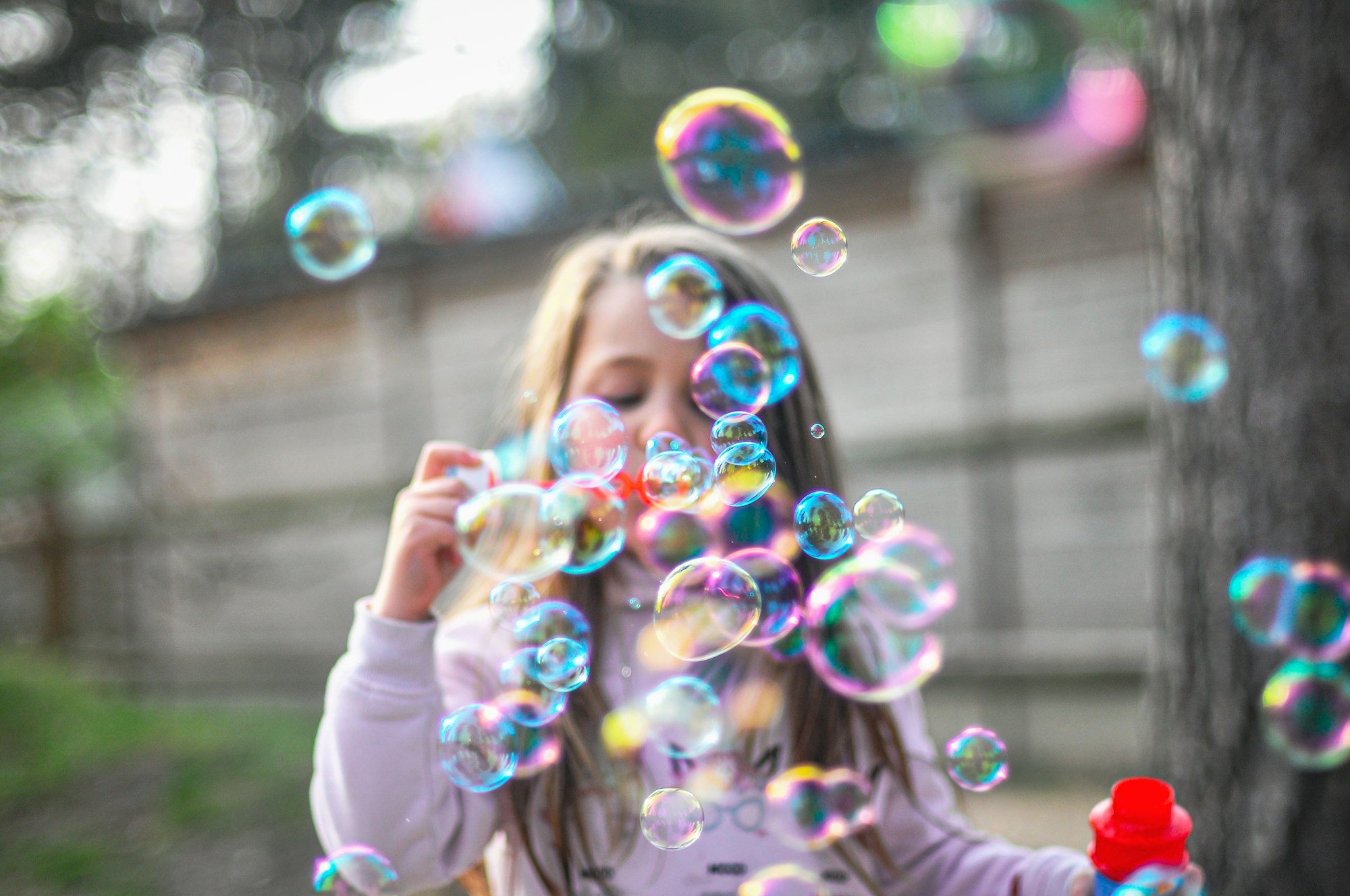Engaging in sensory activities is incredibly important for children with autism. They often have difficulty understanding and managing their senses, which can be overwhelming and lead to anxiety or frustration. That's where sensory play can come in handy.
Sensory activities provide a safe space for autistic kids to explore different sensations in a controlled way. They can learn about the world around them by engaging their senses through touch, taste, smell and sound. It's a great way to learn new skills, focus, and socialise with peers or autism support workers who share similar interests.
If you’re interested in the benefits that sensory play can have for autistic kids, here are 7 to get started with. We've also rounded up 30 great activity ideas for autistic people of all ages.
Water Play
Water play activities can be an important part of a sensory-friendly environment for kids with autism. Water play encourages exploration and learning through movement while providing a safe and calming experience.
Some examples of these include filling up a kiddie pool or using kitchen items such as measuring cups or plastic containers to fill with water and explore in the bathtub.
It’s important to remember that some autistic kids may not like getting wet at all; if this is the case, let them explore their environment from dry land by observing different forms of moving water such as streams or fountains – they make interesting sights!
Way to Play: Fill a basin with warm, soapy water and add some food colouring, scent and toys. Allow the child to explore the texture of the liquid using their hands, feet and any other objects they choose.
Sensory Play-Dough

Sensory play-dough is a great way for autistic kids to explore their senses and develop important motor skills. It’s made from safe, non-toxic ingredients and provides tactile stimulation that can help children focus and interact with their environment. They can explore the different textures and colours of the dough at their own speed.
Playing with sensory play dough can help reduce anxiety levels due to its soothing properties. It also helps build concentration skills by allowing children to focus on one task at a time - like rolling out pieces of dough - rather than being overwhelmed by multiple tasks at once.
Way to Play: Don’t have any play-dough? You can make it at home! All you need is:
- 4 cups flour
- 1/2 cup salt
- 1/2 cup coconut oil
- 2-3 cups of boiling water (add in at least 2 cups then up to 1 additional cup a bit at a time until the dough feels just right)
- *optional* food colouring options (pre-packaged food colouring, pure cocoa, tumeric or cinnamon)
- *optional* essential oils (for older kids past the taste-testing stage)
Let your child explore the various textures, aromas and colours of the dough.

Sand And Water Play
Sand is an incredibly versatile material, making it a great way to engage and entertain kids with autism. It provides tactile stimulation with different textures – from soft and silky to hard-packed - children can not only touch but also dig in or build things with.
Water adds another level of exploration, as it changes the texture of the sand, allowing for kids to explore sensory activity even further. Allowing kids to explore their environment in a safe and controlled way can help reduce stress levels, which is especially important for autistic children who often struggle with anxiety.
Way to Play: Have your child explore the different textures and temperatures of sand and water by filling a shallow pool or large plastic basin with a mixture of both. Let them use their hands, feet, and toys to play in the mixture.
Painting With Feathers

Have you tried painting with feathers before? It can be a great way for autistic kids to explore different textures and shapes while creating art. Feathers come in many different sizes, shapes, and colours and can be used to create unique designs that are visually stimulating.
Painting with feathers is an incredibly therapeutic activity that can help autistic kids develop their fine motor skills and boost their creativity. It gives them the chance to focus on something fun while learning how to use their hands properly which will help them down the road when writing or doing other activities requiring manual dexterity.
Way to Play: Give your child paper, feathers, and paint to explore with. They can feel the texture of the feathers and hear their sound as they make art with the materials. Be sure to use water-based paint to ensure easy cleanup.
Bubble Play
Bubble play can be a wonderful way for autistic kids to explore and have fun. Whether it’s blowing bubbles, playing with bubble machines, or popping bubbles, there’s lots of ways to play!
Bubble play encourages exploration and helps to develop problem-solving skills as children seek to understand how different shapes, sizes, and colours of bubbles interact with each other. Additionally, bubble play helps to promote sensory integration as kids use all their senses to observe the bubbly effects that are created when certain combinations of colours or shapes are used.
Way to Play: Make or buy a pack of bubbles, or use a bubble machine if you have one handy. Your child can experience the different textures and sounds of the bubbles through their hands and feet.
Sensory Bin Play
Sensory bin play is an activity for autistic kids that allows them to discover, create, and engage with their environment. It lets children investigate items of different textures, sizes, shapes and colours by sorting them or combining them together. This helps to develop visual discrimination skills as well as fine motor coordination.
For many autistic children, sensory bin play provides a safe space for self-expression. They can experiment with manipulating objects however they wish without fear of judgement or criticism from peers or adults. This can help build confidence in their own abilities as well as provide an outlet for their creativity and imagination.
Way to Play: Fill a big plastic bin or tub with sensory items like dried beans, rice, sand, foam figures, stones, shells and water beads. Let the youngster investigate the distinctive feel, smells and colours of the materials.
Music And Movement

Music and movement can be incredibly beneficial for autistic kids. It helps them to express themselves, build connections with others, and develop physical coordination. They can learn how to interact with the world around them in a creative way.
Music is a great way for autistic children to communicate without words. By playing musical instruments, singing songs or clapping along, they can express their feelings in an engaging manner. Music also encourages communication between children as it gives them something to talk about and share together. By moving along with the rhythm of the music, kids learn how their bodies respond to different types of sounds and rhythms which helps build physical coordination skills.
Way to Play: Offer your child an array of musical instruments, such as drums, tambourines, and maracas. Invite them to explore the various sounds each instrument produces and make their own music.
How Like Family Can Help
Like Family is an NDIS registered provider specialising in social support. We help autistic people of all ages and abilities to increase their independence, build relationships, learn new things, and have fun!
We can help match your child with a local Social Carer (support worker) who has similar interests and hobbies. They can assist with activities like exercise, arts & craft, transportation, household tasks and much more. You have complete choice and control over who you work with, what activities they help with, and when!
If you're interested in accessing social support, join Like Family and search for Social Carers today!


